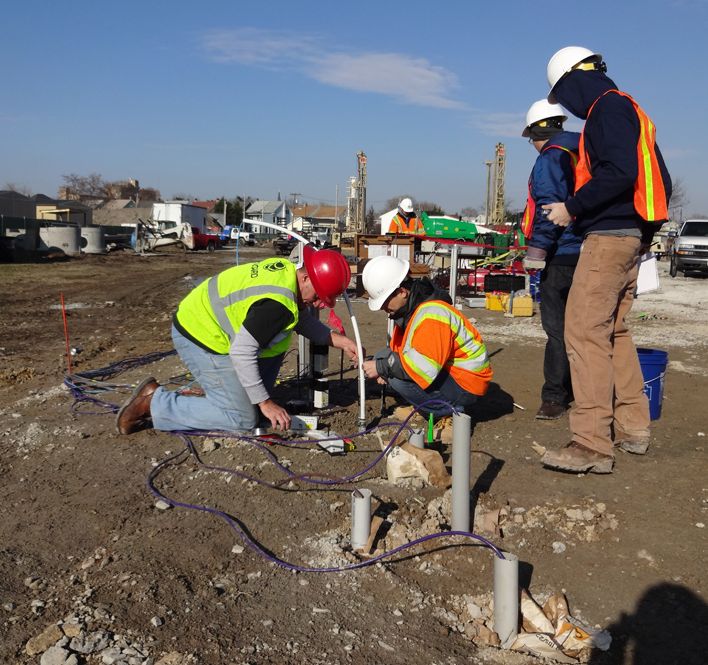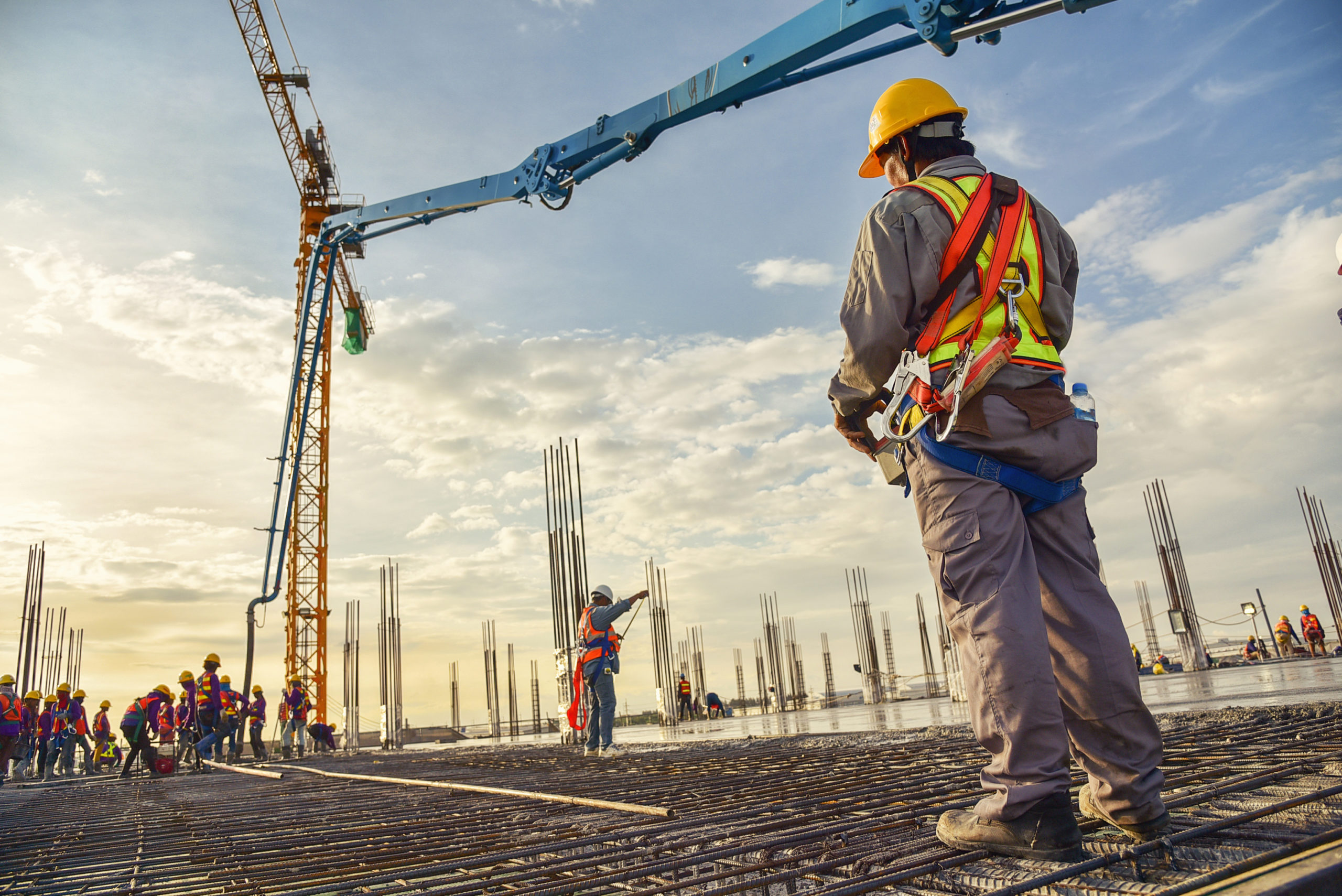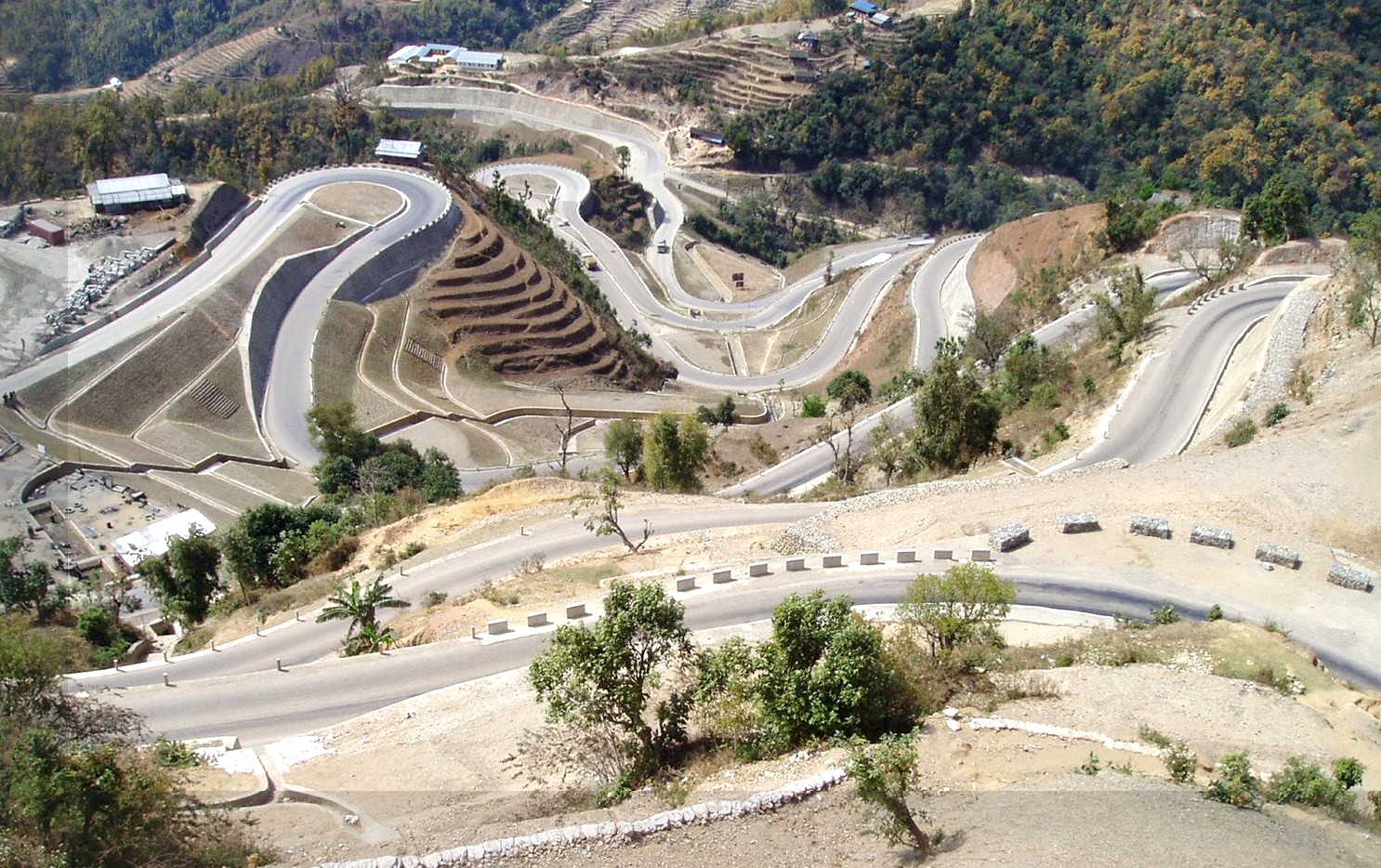Leading Consulting Civil Engineering Companies for Infrastructure Projects
Leading Consulting Civil Engineering Companies for Infrastructure Projects
Blog Article
How Consulting Engineers Enhance Geotechnical Engineering Projects: Insights Into Their Experience, Techniques, and Collaborative Approaches
Consulting engineers are essential in boosting geotechnical engineering tasks, applying their specialized knowledge to browse the intricacies of subsurface problems. Their joint techniques foster communication amongst diverse project stakeholders, eventually shaping the job's trajectory.
Function of Consulting Engineers
The competence of speaking with designers in geotechnical engineering is essential to the effective implementation of construction projects. These specialists play a critical duty in examining dirt and rock properties, which are essential elements influencing layout and construction decisions. By performing comprehensive website investigations, getting in touch with designers collect vital data that informs the layout procedure, making certain jobs are developed on stable and appropriate ground.
Consulting designers likewise offer vital insights right into danger monitoring (geotechnical geologist). They recognize prospective geotechnical threats, such as landslides, dirt liquefaction, and negotiation issues, allowing stakeholders to apply reliable mitigation techniques. Their competence aids in optimizing structure layouts, which can result in substantial expense savings and enhanced safety and security
Furthermore, consulting designers serve as an important link in between project owners, engineers, and professionals. Their capacity to translate complicated geotechnical data right into actionable recommendations cultivates partnership and helps with educated decision-making throughout the job lifecycle. This multidisciplinary approach not just improves task effectiveness but additionally guarantees conformity with regulative criteria and finest practices.
Secret Methodologies in Geotechnical Design

One main methodology is site investigation, which includes carrying out area examinations and laboratory evaluations to collect data on subsurface conditions. Techniques such as Standard Infiltration Screening (SPT) and Cone Penetration Testing (CPT) are widely used to assess soil stratigraphy and stamina. Furthermore, geophysical techniques, consisting of seismic and electric resistivity studies, supply non-invasive methods to analyze subsurface features.
An additional crucial approach is numerical modeling, which enables engineers to simulate various scenarios and predict how soil-structure interactions will certainly act under various loading problems. Finite Element Analysis (FEA) is a common approach used in this context.
In addition, the layout of structures, maintaining structures, and earthworks relies heavily on these methodologies - geotechnical geologist. By incorporating innovative logical tools with field data, speaking with engineers can develop customized remedies that resolve details job difficulties, ultimately adding to the security and safety and security of building and construction jobs
Significance of Soil Evaluation
Dirt analysis functions as a fundamental element in geotechnical design, offering important understandings into the physical and chemical homes of dirt needed for effective building and construction planning. Understanding dirt qualities is important for determining its load-bearing capability, drainage habits, and possibility for settlement or instability. In-depth dirt investigations, including tasting and research laboratory testing, assistance recognize parameters such as soil kind, dampness material, thickness, and shear strength.
These analyses notify the option of appropriate building methods and products, ultimately influencing job security and long life. Cohesive soils may require different foundation styles contrasted to granular dirts, demanding customized design remedies. Dirt evaluation help in determining pollutants that might present dangers to human health and wellness or the atmosphere, allowing for the development of mitigation approaches.
Including dirt evaluation into the beginning of task growth assists to reduce unexpected challenges, ensuring that designers can prepare for and attend to prospective issues prior to they rise. By establishing an extensive understanding of the site problems, getting in touch with designers can optimize design performance and minimize costs, thereby boosting the general success of geotechnical engineering tasks.
Collective Approaches in Tasks
Successful geotechnical tasks usually rest on joint techniques that bring with each other diverse knowledge from different disciplines. Effective partnership among speaking with designers, rock hounds, environmental scientists, and construction experts is vital for resolving complicated challenges and maximizing job outcomes. By leveraging the special skills and understanding of each employee, projects can gain from an all natural understanding of the site conditions, regulative requirements, and engineering restraints.
Regular interaction and interdisciplinary conferences help with the sharing of understandings and foster a culture of synergy. These collaborative efforts make it possible for the identification find of potential dangers early in the task lifecycle, allowing for prompt reduction strategies. Additionally, including feedback from stakeholders, including regional areas and regulatory agencies, makes sure that all viewpoints are considered, enhancing job approval and conformity.
Additionally, the integration of sophisticated innovations, such as Geographic Info Solution (GIS) and Structure Info Modeling (BIM), additional boosts cooperation. These devices enable the real-time sharing of information and visualization of geotechnical problems, advertising notified decision-making. Eventually, a collective technique not only improves job execution but also lays the foundation for cutting-edge remedies to intricate geotechnical design difficulties.
Influence On Job Outcomes

Consulting engineers use sophisticated techniques such as danger analysis and predictive modeling, which improve the accuracy of task forecasts. Their capability to incorporate innovative modern technologies, like geotechnical instrumentation and data analytics, even more improves the design and building procedures. Because of this, jobs experience boosted efficiency, decreased prices, and minimized delays.
Additionally, fostering effective communication and cooperation amongst staff member improves analytic capabilities. When challenges develop, a united front permits speedy recognition of solutions, avoiding prospective troubles. Ultimately, the collaborative efforts of seeking advice from designers add to better end results, ensuring that projects meet both regulatory requirements and customer expectations.
Conclusion

Report this page